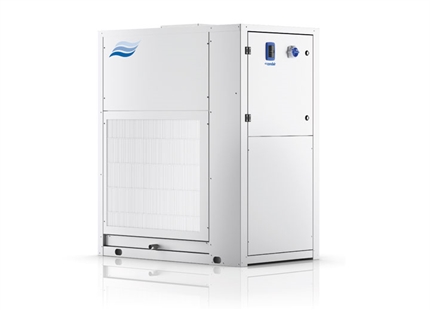Dehumidification & dehumidifiers for military storage
No country has all its military equipment in constant state of readiness. A percentage is “mothballed” and is not short term fully battle ready. This can be in all branches of the military; Army, Navy and Air force. Each can have some unique challenges. For example, keeping a store of ammunition dry compared to keeping a warship dry require very different approaches.
Whilst the basic requirement is the same, the target is maintenance of the correct humidity to prevent damage. Commonly prevention of high humidity and corrosion was seen as the key target. However insufficient humidity or overly dry conditions can equally cause damage and failures to certain materials and electronic components. Storage conditions with excessive levels of absolute or relative humidity can encourage insect pest activity and the growth of mould on uniforms.
Whilst metal corrosion such as rusting of steel components is still a critical aspect, equipment such as computers, telecommunications systems, lithium batteries are more prone to microscopic damage to circuitry either by corrosion or by electrostatic discharge. Today’s military hardware is no longer simple metal items. Different metals, the use of composites materials, sealants, surface coatings, types of munitions together with very high technology electronic warfare systems, means that a much more precise level of humidity control is required to prevent damage in storage.
It is often believed that heating is a way to control the relative humidity. Whilst the relative humidity may be changed by temperature there is no reduction in absolute humidity. Heating alone is both ineffective and costly. By choosing the correct humidity control system, the energy savings compared to heating alone can be as high as 60%.
-
This will depend on the type of materials and equipment being stored. Expert advice should be sought on specific levels for any particular store.
Each store should be treated as stand-alone systems as each store can require slightly different control set points. This results in a larger number of smaller packaged systems. Large central HVAC systems can of course be used if the whole building is looking after all one type of object. -
There are two main types of industrial dehumidifier - condensing and desiccant.
Condensing (refrigerant-based) dehumidifiers work well at higher temperature typically above 20°C. At lower temperatures the drying capacity is greatly reduced and below about 10°C they don’t work. They also will not generally provide humidity levels below 40-45%. They also require drainage for the condensate, so either a main drain or daily emptying of on-board tanks.
Desiccant dehumidifier systems offer a very flexible solution wih a wider range of environmental conditions. They can dehumidify in temperatures typically from -30 to +40°C, together with ambient humidity from 0-100%RH, so are ideal for unheated defense storage facilities. Operationally they can take humidity levels below 10%RH if required with a control accuracy of +/-2%RH. They do not require water drainage connection but will need air ducting to exhaust the hot, wet air from the drying process. -
Electric steam humidifiers are frequently used in military storage facilities. There are two main types. Electrode boiler steam humidifiers, introducing steam directly to a room or an air duct, have a low capital cost, but can have high spares requirement and energy running costs. They offer a modulating output between 20 and 100% resulting in control accuracy of typically +/-7.5%.
A resistive steam humidifier can also deliver steam either directly to a room or via a ducted system. This type of humidifier has a higher capital cost but lower spares requirement. It has a fully modulating output, from 0-100%, resulting in a very close control accuracy of typically +/-2%RH.
Benefits of Condair dehumidification in the defence sector
- Maintains the operational lifetime and performance of military equipment
- Can reduce the energy consumption vs heating and ventilating alone
- Low energy and low maintenance solutions
- Extensive experience in defence projects around the world
- Comprehensive range of both dehumidifiers and humidifiers
- Local engineering support for reliable operation in critical environments

Dehumidifiers prevent corrosion to military equipment in storage
Get free expert advice on humidity control in military storage facilities

PODCAST: HOW TO SIZE & SELECT A DEHUMLearn the important things to consider when approaching a commercial dehumidifier project.

Free 10-point guide to specifying dehumidifiers
Download your free 10-point guide to specifying dehumidifiers and get an easy-to-follow overview for planning dehumidifier projects.
It covers system design, dehumidifier selection & sizing, drying psychrometrics, energy saving and much more.
You may also be interested in...
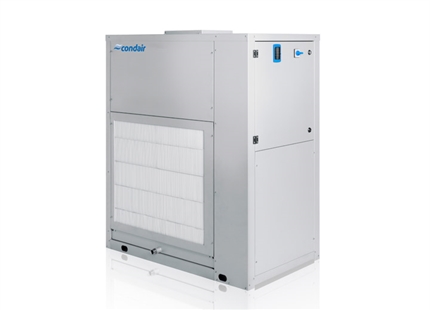
Condair DC condensing dehumidifiers
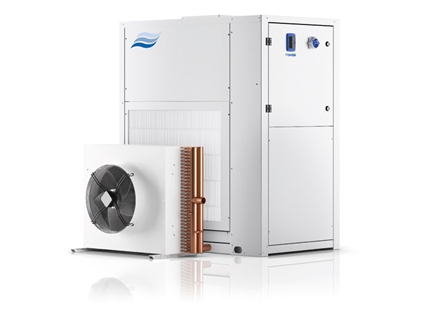
Condair DC-N dehumidifier with external condenser
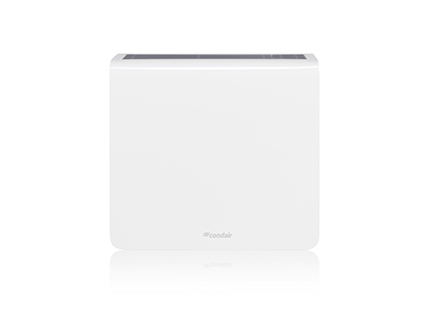
Condair DP swimming pool dehumidifiers
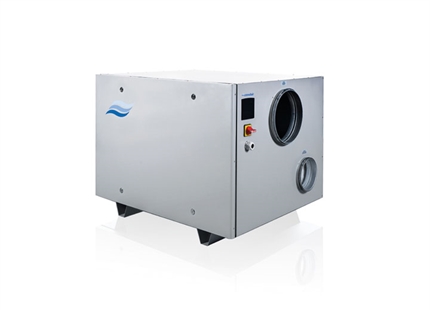
Condair DA desiccant dehumidifiers

Condair DC wall and ceiling mounted condensing dehumidifiers
